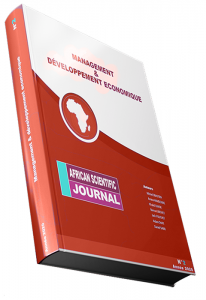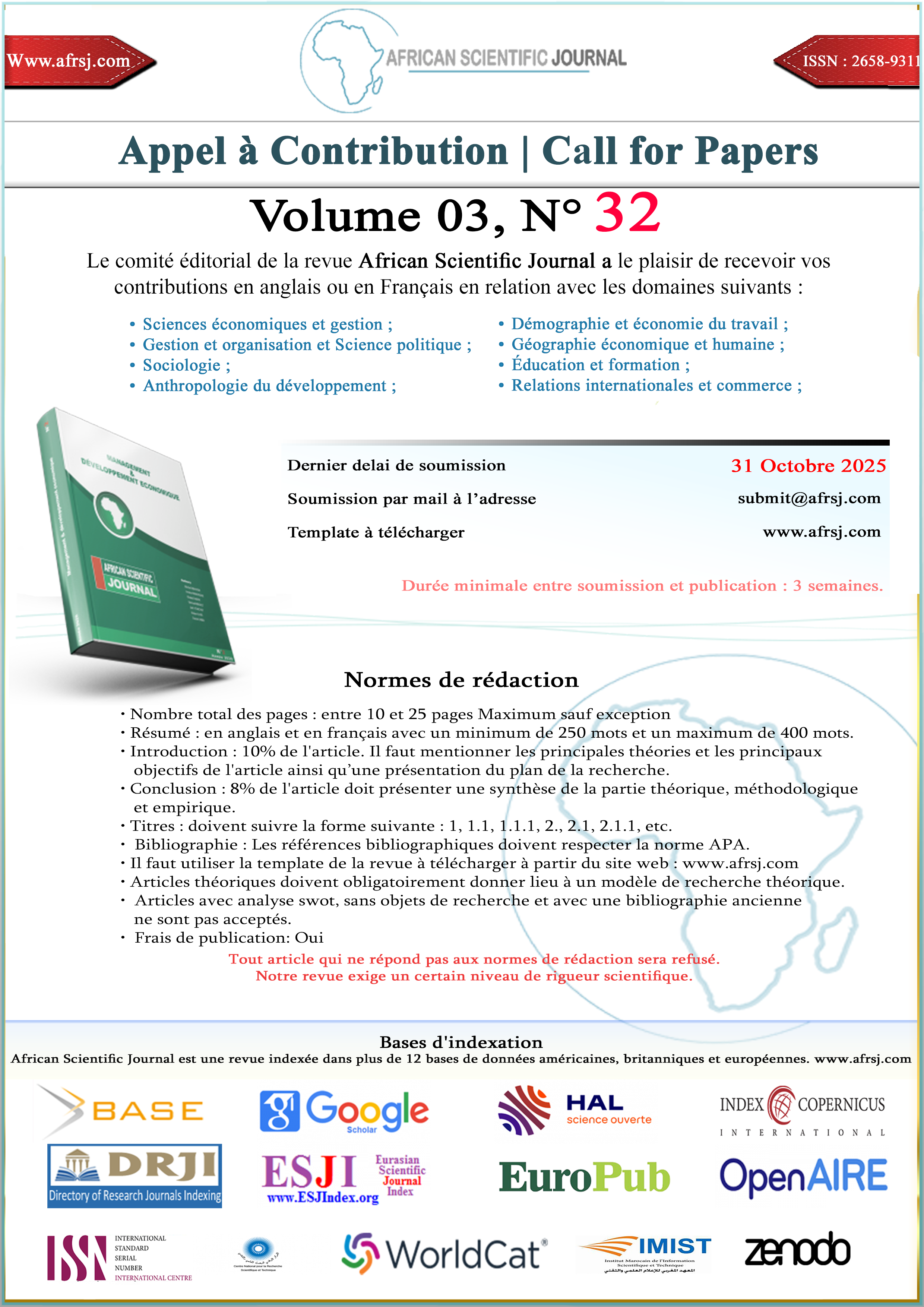The effect of word of mouth on the international attractiveness of Moroccan international universities: a study focusing on foreign students
DOI:
https://doi.org/10.5281/zenodo.6947911Keywords:
International attractiveness of universities, word of mouthAbstract
The international attractiveness of universities is a subject that arouses the interest of all stakeholders in the sector of higher education in its international dimension, the mobility of students at the international level does not cease to grow , so the number of students in international mobility has increased considerably during the last decade (on average 5.5% per year), Morocco is not escaping this trend, so, for the academic year 2019-2020, in terms of incoming international mobility, more than 25. 000 international students were pursuing their higher education in the various Moroccan training and higher education centers. Indeed, attracting foreign students is not an easy task for universities, so our study intervenes to understand even one mechanism behind this complex but essential process. The purpose of this study is to answer the following question: To what extent does the word of mouth generated by foreign students impact the international attractiveness of Moroccan universities. In other words, we are interested in studying the effect of word of mouth generated by foreign students enrolled in Moroccan universities on the choice of potential foreign students . In order to answer our problem, a survey by questionnaire was carried out with 120 foreign students registered in medicine in the UIASS and the UM6SS. This survey allowed us to validate the hypothesis according to which the positive word of mouth generated by foreign students concerning their university impacts in a positive and significant way the choice of other potential students in the context of the Moroccan private higher education. Indeed, despite the difficulty of measuring "consumer intent," our research validated the positive and significant impact of word of mouth on consumer choice in the higher education sector. Our study was applied to the higher education sector, but we believe that it could be applied to other sectors in order to reach sectors other than higher education.
Downloads
Published
How to Cite
Issue
Section
License
Copyright (c) 2022 African Scientific Journal

This work is licensed under a Creative Commons Attribution-NonCommercial-NoDerivatives 4.0 International License.





















